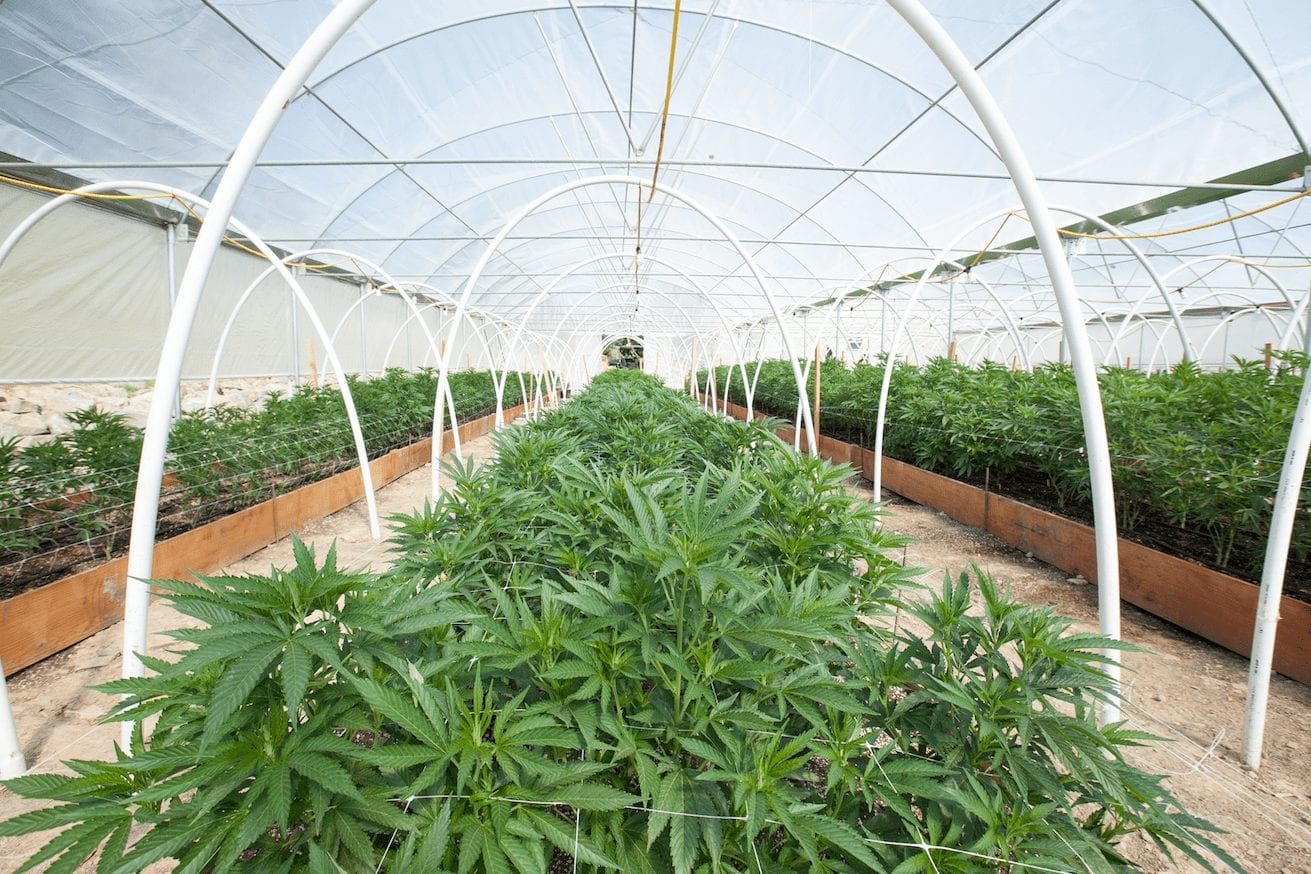
A Tale of Hash-Route Hippies, Cannabis Breeders, and World Travel
All eyes are on California as regulations and rules are developed for the cannabis industry of the future. What is learned here, will be applied to the late bloomers of cannabis legalization. States in the Midwest and Southeast will have the chance to see what works and what doesn’t. This is but one small way California is setting the stage for cannabis legalization.
If you’re not quite sure about how California played a pivotal role with cannabis in the first place, you’re going to love this tale of hash-route hippies, cannabis breeders, and world travel. It’s time to fire it up and smoke it if you got it. Take a deep hit and ask yourself, where do all these different types of cannabis come from today?
Blazing On Something Amazing
Those who’ve toked for decades know that the quality of cannabis has only gotten better over time. There were no Indica, Sativa, or Hybrids to choose from — but rather “brick weed,” or round town brown — unless one had an amazing connect.
Sensimilla (a female plant prevented from being fertilized that grows with no seeds) was a rare treat. Panama Red, Maui Wowie, Skunk Bud, Haze, Northern Lights, and Romulan are all classic cannabis strains, which you can find more info about on Leafly. Then there was Redbud — any pot that was covered in bright red hairs), these strains defined the 70s and 80s.
OG Kush, Chemdawg, and Sour Diesel helped ring in the 90s. Today we have Gorilla Glue #4, Orange Alien Cookies, Jillybean, a plethora of Kush, Haze, and Diesel strains, along with hundreds of other varieties.
The face of cannabis started to change in the 1960s, in part due to the Hippie Trail. This writer grew up hearing these stories, and met family friends who hiked these trails. The Hippie Trail stretched from London all the way to Kathmandu. The trail became legendary for hippies to hike while collecting cannabis seeds along the way to bring back home, according to family friends and stories like, “When Afghanistan Was Just a Stop on the ‘Hippie Trail,’” published in the “Huffington Post.”
California, the breadbasket of the nation, is great for growing all kinds of things. The state is a hot-spot for cultivation, and is home to the renowned region, the Emerald Triangle, which consists of Trinity, Mendocino, and Humboldt Counties. This sweet spot is home to some of the finest soil-grown cannabis on the planet. It became the prime choice for anybody who was serious about cultivation in America. Why? Simply put, rough terrain and a tall canopy from the massive Redwood trees made great conditions for growing cannabis undetected, according to such sources as author Tina Caputo in “How the Emerald Triangle Became America’s Cannabis Epicenter.”
Higher Expectations, When Weed Began To Change
California was legendary for growing some sweet Sativa plants in the 60s. These tall ladies thrived on the rich fertile soils and abundance of sunlight and water found in California, especially in the Northern part of the state. It’s rumored that an old hashish-trade-hippie, named Maple Leaf Wilson, was the one that introduced the legendary Indica strain, Skunk, to California. Skunk is a parent plant for many of the strains we enjoy today, reports multiple sources such as Leafly, Rollitup.org, and Royal Queen Seeds.
Instead of being tall ladies with long fingers, the hippy’s plants were short and bushy with a leaf structure that looked more like a maple leaf. Hence the nickname Maple Leaf Wilson. By the start of the 80s, Skunk bud was very popular. Skunk, Early Girl, Early Pearl, Northern Lights and Haze were the five cannabis strains that changed the game, and helped to stabilize genetics for different climate zones per European cannabis breeders like Nevil, Shantibaba, and others. These genetics were being worked on by a group of breeders that were part of Sacred Seeds.
Sacred Seeds was raided and shut down in the early 1980s, but not before a breeder by the name of David Watson made his way with clones and seeds from California to Amsterdam. Once there, Watson connected with Nevil Martin Schoenmakers and Scott Blakely — aka Shantibaba — where these cannabis strains were exchanged. Cross-breeding began and as Farmer Tom would say, “Boom Pow” cannabis — as we know it today — began to evolve. If you want to learn more about the evolution of these strains and breeders, visit websites like Greenhouse Seeds, Mr. Nice, CBD Crew, or Strain Hunters.
California Houses Thousands Of Cannabis Farms
Today there an estimated 10,000-15,000 cannabis farms in California, according to Josh Drayton, spokesman for the California Cannabis Industry Association. Many of these farms are coming together to promote sustainable practices. Energy and water conservation are big areas of concern in regard to cannabis farming for growers across the country.
The ecological impact that gorilla grows (or environmentally negligent grows) have in nature can be devastating. From chemical runoff to litter, these types of grows give the culture a bad reputation.
Through the combined efforts of California cannabis farmers, plans to protect our natural resources while producing quality craft cannabis, have been set in motion. Many of the cannabis farms in the state are outdoor, where cannabis is fueled by the sun and rain. Responsible cannabis farmers are coming together to not only make changes in how cannabis is farmed, but to help enforce these changes too.
To learn more about some of the amazing small cannabis farms in California, visit Emerald Family Farmers at EmeraldFamilyFarms.com and/or The California Cannabis Industry Association at Cacia.Memberclicks.net. Here you can also learn about how California is helping to implement standards that will set the bar for the rest of the nation to follow.



Leave a Reply